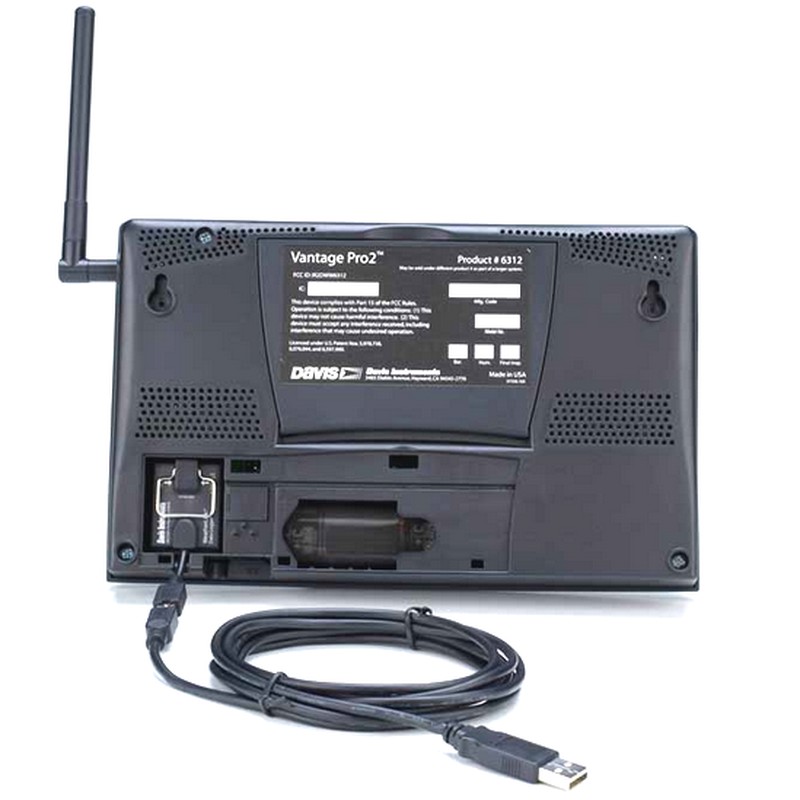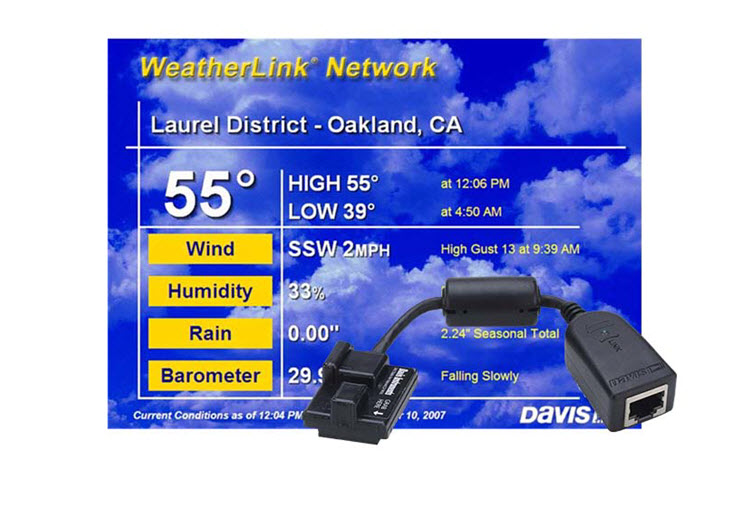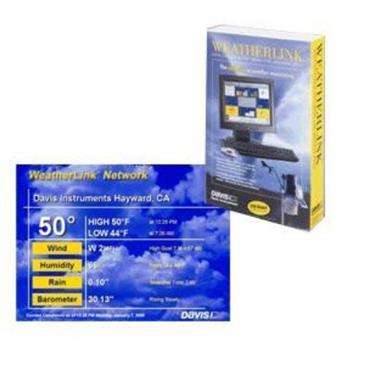

- Weathercat with weatherlink ip logger serial#
- Weathercat with weatherlink ip logger pro#
- Weathercat with weatherlink ip logger Pc#
Picture below shows which settings can be made.
Weathercat with weatherlink ip logger Pc#
Doing these initial setup within Meteobridge spares you to fiddle manually with the console or with the Davis PC program. Apart from the date/time synchronization these configuration settings are just applied once. When you select these stations an additional input area will appear, where you can configure basic settings of your Davis weather station. Since Version 2.5 Meteobridge allows parallel use of the Vantage by a PC program, which connects to the Meteobridge on port 22222 (like with a Davis IP logger). When Vantage is connected via USB to Meteobridge please make sure that baud rate of Vantage is set to 19200, otherwise no connection can be established.
Weathercat with weatherlink ip logger serial#
When you have a serial data logger you can map that to USB by a FTDI or PL2303 based serial to USB converter. When you don't specify a port, the WLIP default port (22222) is used. This will tell Meteobridge to connect this station not via USB but via your LAN/WLAN (in the example on IP 192.168.1.222 at port 10001). If you have one of these, please select WLIP operation (and how often Meteobridge should pause to allow upload to Davis Weatherlink services in parallel to Meteobridge operation) and enter IP and port (separated by a colon) in the input field next to the selection box (example: "192.168.1.222:10001").

These stations can be equipped with an IP-based Logger called WLIP. Some of the weather stations have specifics you should know when using these with Meteobridge. Converters with PL230x, CP210x and FTDI chipsets are supported by Meteobridge.

Stations with a serial RS232 interface can be connected by a cheap RS232-USB converter. Meteobridge supports the most popular weather stations in the market.
Weathercat with weatherlink ip logger pro#
Meteobridge PRO users do not need a USB hub, no issues there. As USB 2.0 hubs are available all around and do just cost a few dollars, this should be a no brainer. Please check list of supported stations here, to learn in which situation you ned a USB 2.0 hub inbetween. Please be aware that Meteobridge client hardware from TP-Link (TL-MR3020 and TL-WR703N) and D-Link (DIR-505) is not able to run old USB 1.x devices directly, but needs a small cheap, unpowered external USB 2.0 hub in between, which translates USB 1.x from your weather station to USB 2.0. This checkbox should be enabled unless you don't want to make use of these signature features of the NANO or PRO. Meteobridge PRO and NANO offer a "use internal console connection" or "use internal RF receiver" checkbox. In that case you are limited to the Davis console or Envoy the NANO is plugged into and stations you can connect to via TCP/IP. When you are with a NANO (as in the example) then you don't get stations offered to be connected via USB, because the NANO does not provide a USB port. The list of supported stations is rather long and also depends on the Meteobridge Model you are using. Meteobridge does not provide an automatic recognition of the station being connected, but when you click on the "Model" drop-down box you get an crossed box symbol in front the model name when Meteobridge thinks the station is currently not connected, a check-marked box symbol when Meteobridge thinks the station is connected, and an empty box symbol when it does not know. Standard setups will just have one station defined as "Primary" station. This tab allows to specify the stations you have connected to your Meteobridge.


 0 kommentar(er)
0 kommentar(er)
